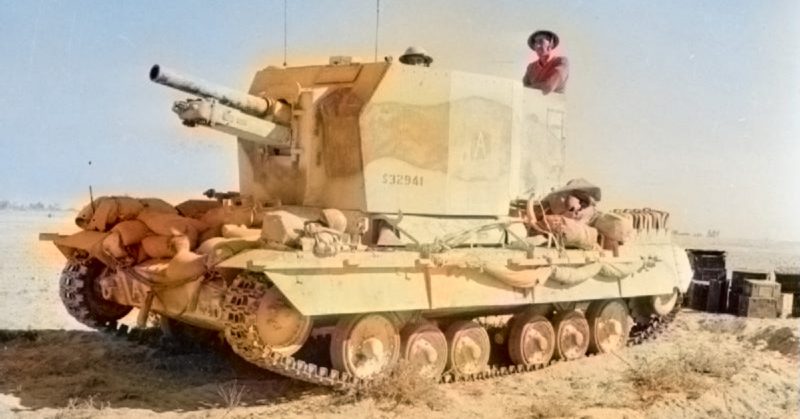At the start of the Second World War, most artillery was not independently mobile. It had to be dragged into battle by transport vehicles or horses. But as the war progressed, the combatants developed self-propelled artillery. Guns were mounted on vehicles so that they could be moved into and around combat zones more easily. Though not as heavily armored as tanks, there was usually some sort of armor to protect the crews from enemy fire.
The British, who fought all the way from 1939 to 1945 and had a well-developed armaments industry, were among the most successful nations in developing these vehicles.
Bishop
The British first realized the potential of self-propelled artillery when it was fielded against them by the Germans in the deserts of North Africa. Having seen what the weapons could do, the Army hastily set about trying to obtain some of their own.
In the heat of war, it was essential to supply new weapons quickly, and so an initial version was hastily improvised. The Valentine tank was a weapon which, though relatively new, was already starting to look obsolete when faced with German armor. So the engineers looked to make adaptions to this, starting with the hull and chassis. The turret was replaced with a large, rigidly mounted armored box which housed a 25-pounder field gun.
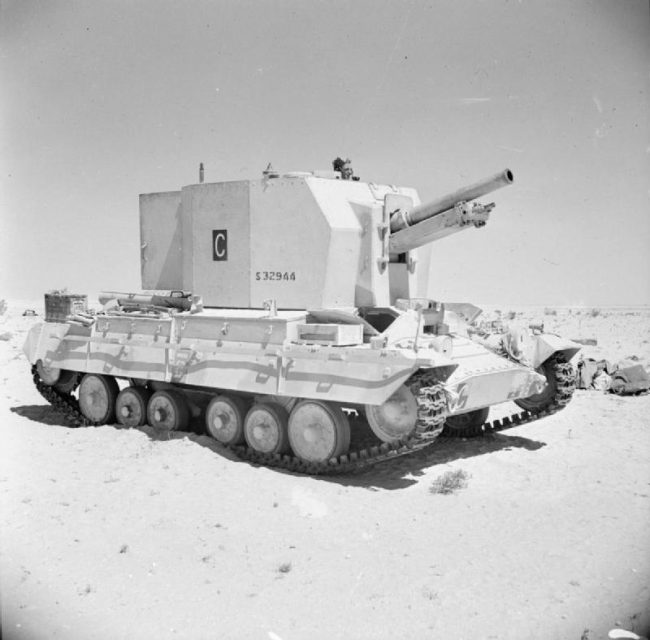
Being installed in the box limited how far the gun could be elevated, so it lost over half its normal range as a result. The box also restricted the crew’s movements.
The Bishop proved reasonably effective. It was used throughout the North Africa campaign and during the early stages of the invasion of Italy, before being replaced by the superior American M7.
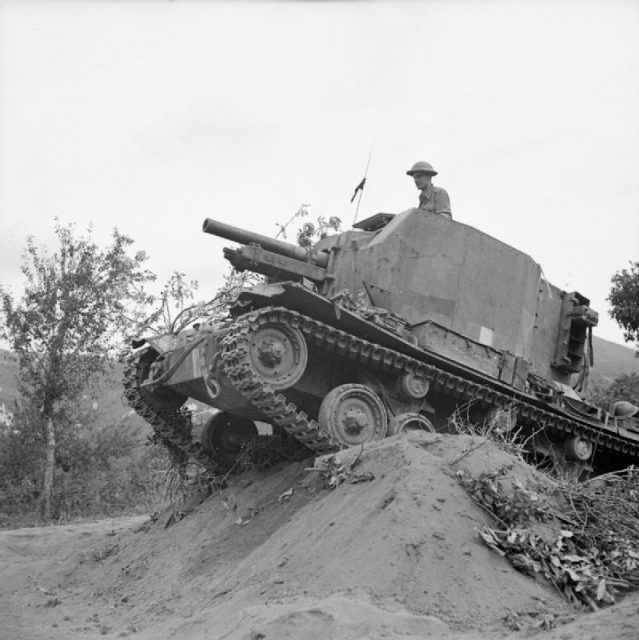
Deacon
Developed around the same time, the Deacon was designed as a tank destroyer, influenced by similar vehicles out of the United States. Its main body was that of an AEC Matador truck. A 6-pounder gun was installed on the cargo bed, with a squared-off metal shield to the front and sides protecting the gunner. Some armor was also added to the front of the truck to protect the driver, none of it more than 10mm thick.
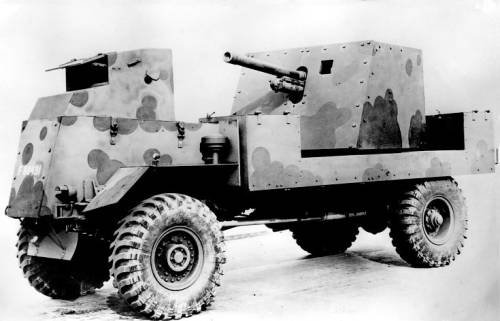
The Deacon gave the British some mobile anti-tank power and mounting the gun on the truck bed gave it more versatility of aim than rigidly fixed weapons. It served from 1942 until the end of the African desert fighting in 1943, often acting as a regimental mobile reserve.
But the Matador truck wasn’t a good cross-country vehicle, and the Deacon’s high profile made it hard to hide from enemy spotters. As the troops moved on to Europe, the Deacons didn’t go with them. The survivors were eventually sold to the Turkish Army.
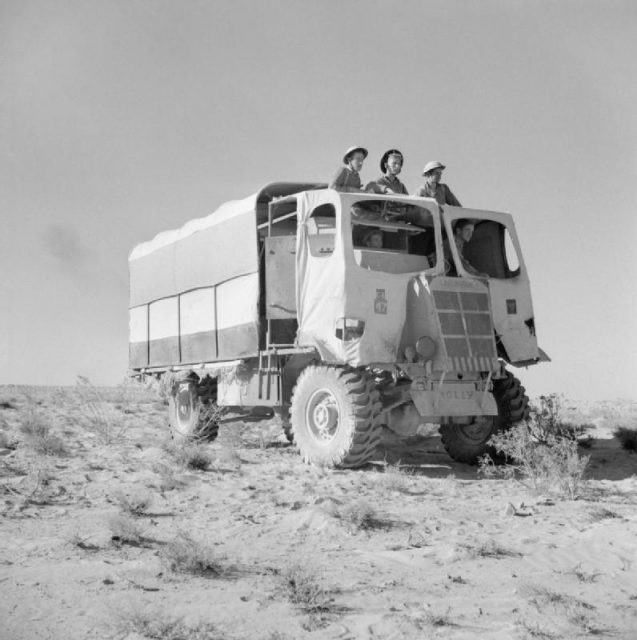
Archer
Throughout the war, the Allies found it challenging to field direct-firing guns heavy enough to penetrate German tank armor. At the start, they lacked guns powerful enough for the task, having underestimated the importance of such weapons in a modern arsenal. From then on, it was a race to build guns big enough.
By 1942, the British had developed their solution, namely a 17-pounder anti-tank gun. Now they faced a new challenge: none of their existing tanks had a large enough turret to carry this powerful weapon. They needed an interim solution until a new tank was developed.
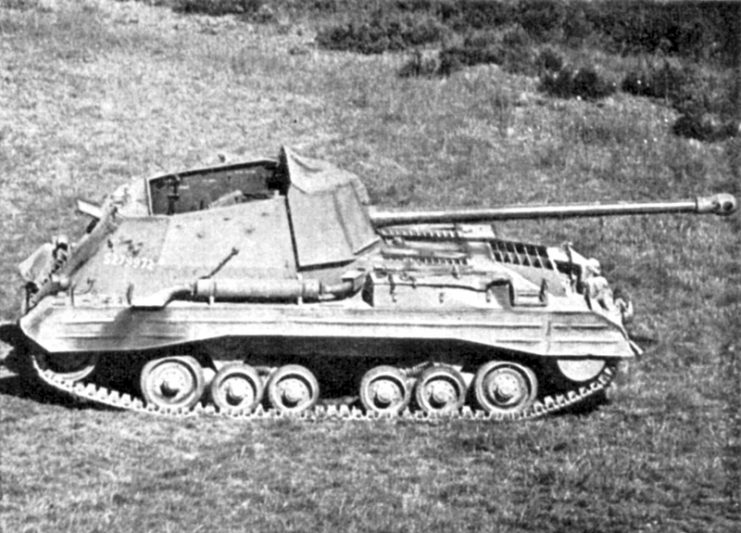
The result was the Archer Tank Destroyer. This consisted of the hull and chassis from a Valentine tank, with the turret replaced by a fixed superstructure holding a 17-pounder gun. When it was all put together, the gun faced backward across the engine deck. The gun’s recoil carried it through the driver’s space, meaning that he had to park the gun in the right position and quickly leave his seat before it fired.
Despite this, the Archer was a success. Low and compact, it brought increased anti-tank firepower to Allied forces during the invasion of north-west Europe.
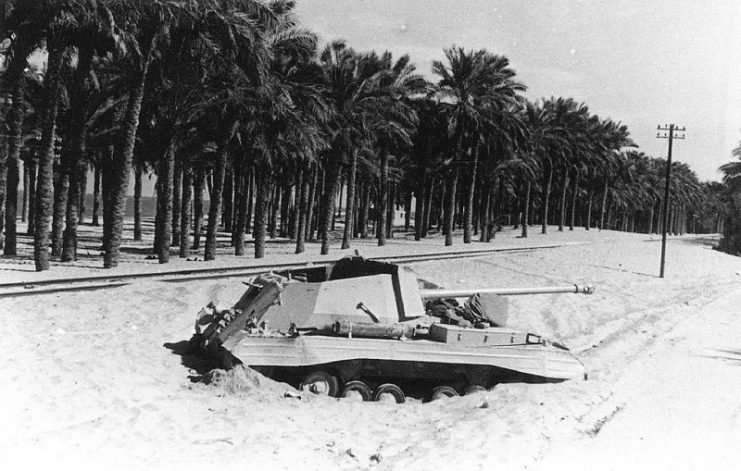
Sexton
Inspired by the American M7 self-propelled howitzer, the British sought a similar vehicle to carry their own 25-pounder gun. The Americans weren’t willing to make a weapon they wouldn’t use themselves, so the British turned to their Canadian allies for help.
For this task, the Canadians used the facilities that had briefly produced the Ram tank, an adapted version of the American M3 which had also been produced to meet British requirements. Building open-topped hulls onto the Ram chassis, they installed 25-pounder guns onto the front of these new contraptions, and the Sexton was created.
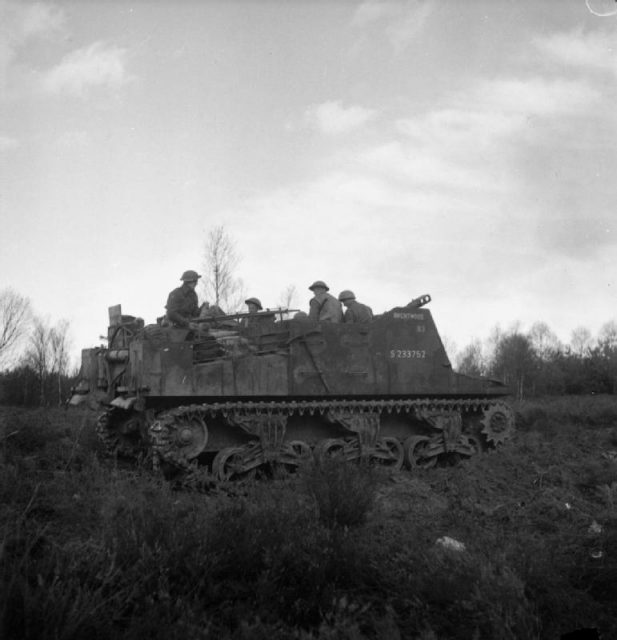
The Sexton was first sent into action in Italy, as the Allies started fighting their way up the peninsula in 1943. It became the standard vehicle for artillery units assigned to support armored divisions, letting the artillery keep up with the advance of the tanks. One of the more successful self-propelled guns of the war, it added valuable firepower to British and Canadian forces.
Following the war, the Sexton remained in Canadian and British service until the late 1950s and was still used by the Portuguese and South Africans in the late 1970s.
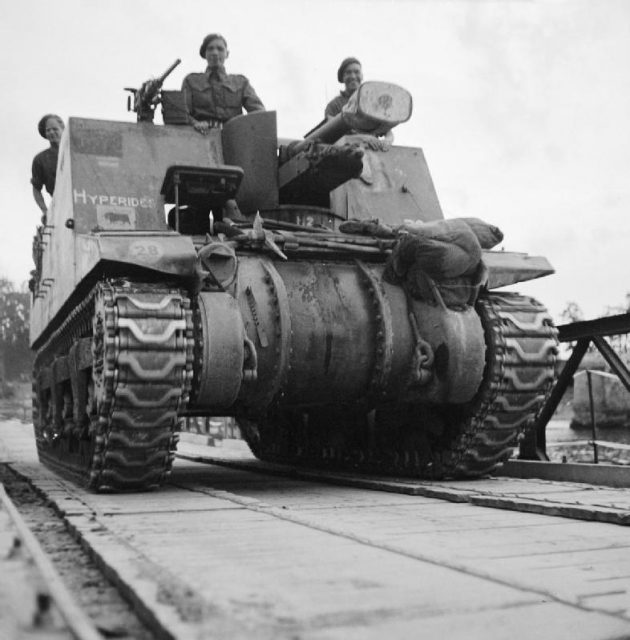
Alecto
Artillery was needed to support the infantry as well as armored divisions. In 1942, the British created a 95mm howitzer intended for this purpose. By the time the gun was developed, the need for self-propelled artillery was widely recognized, so they set about finding a suitable chassis.
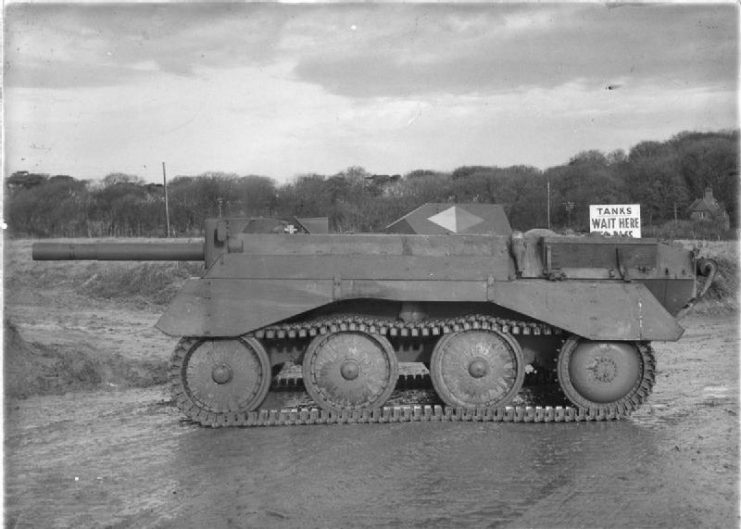
The one they settled on was adapted from the Harry Hopkins light tank. Instead of a sealed body with a turret, it was made into an open-topped structure with the howitzer mounted on the front. The driver sat in a raised cupola behind the gun.
Read another story from us: 26 Pictures of The Hummel Self-Propelled Artillery
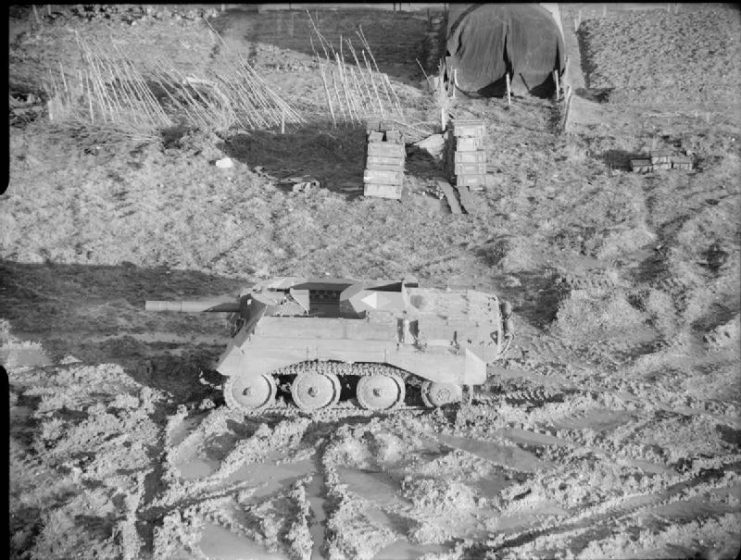
The howitzer and its carriage took so long to develop that it wasn’t ready for service before the war ended. This troubling design, with its cramped space and limited protection for the crew, was abandoned without seeing action.
